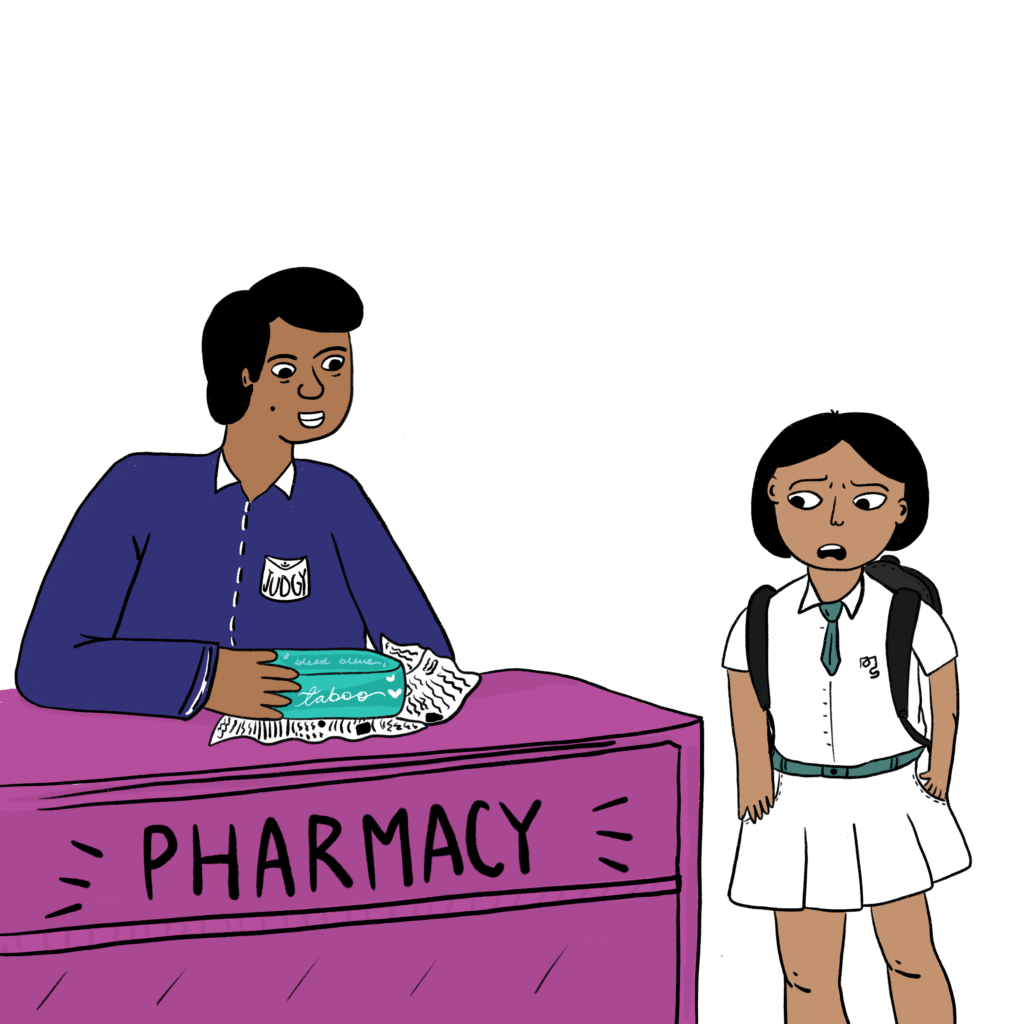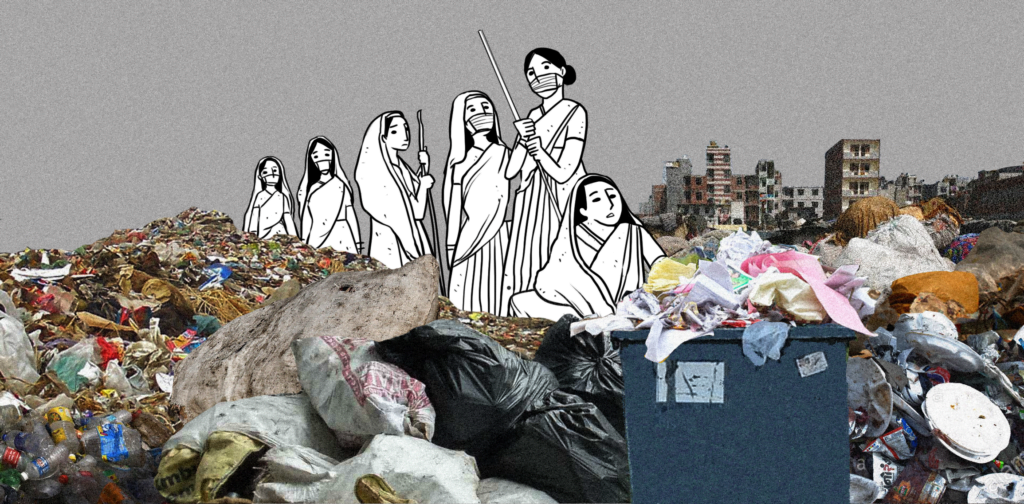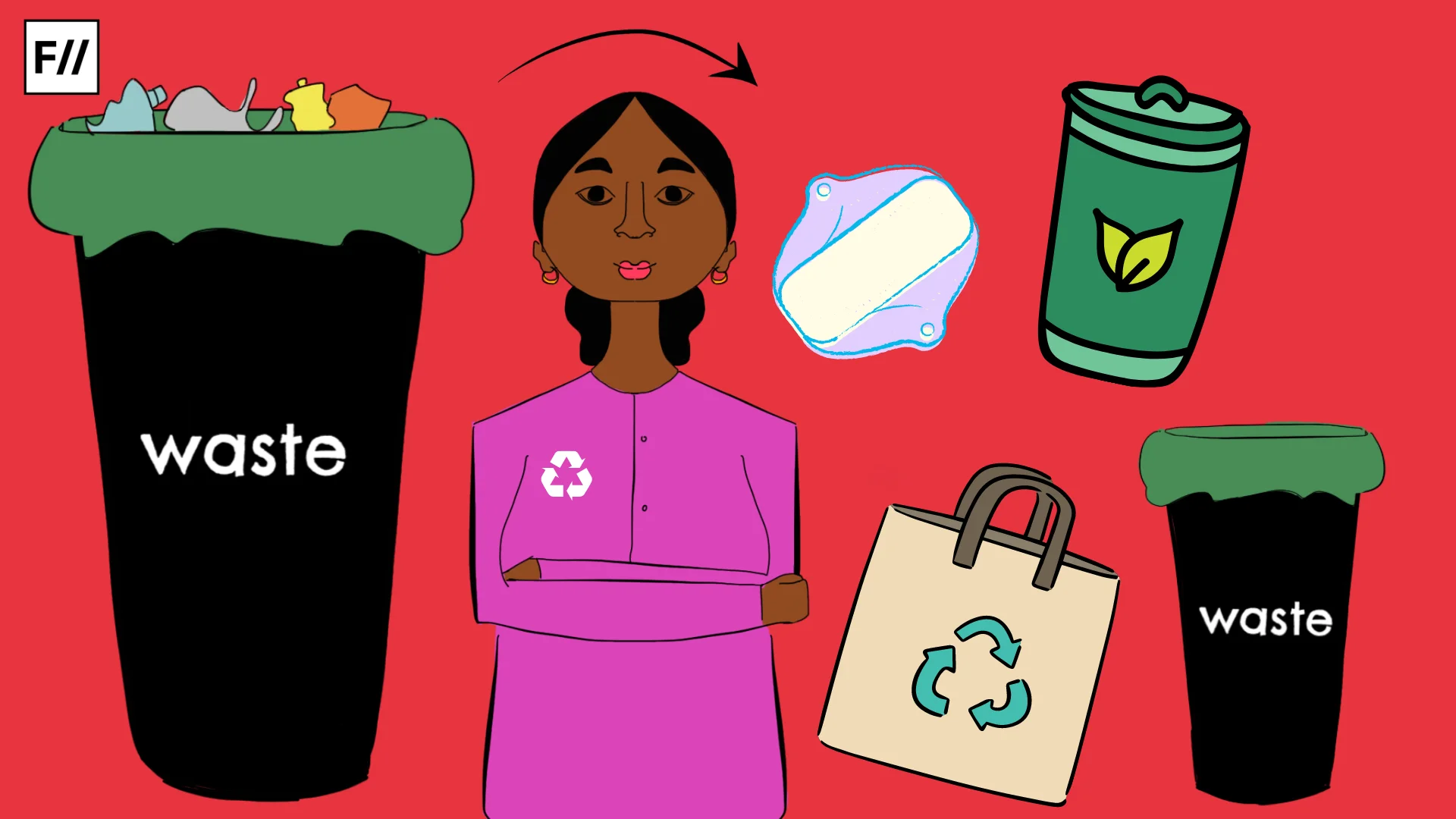In February this year, New Zealand announced all schools will have free access to sanitary products to stamp out period poverty. While Scotland became the first country to give its menstruators free access to period products. Inadequate access to menstrual products has been a concern across the world. However, in this regard, conversations around menstruation often tend to overlook the intersectionality of class, caste, and gender. The taboos and lack of information also legitimise shame around menstruation and perpetuates stigma. The Covid-19 pandemic has further globally widened this barrier and left many extremely vulnerable to period poverty.
So, what is Period Poverty?
Period poverty is the struggle that many menstruators face while trying to afford menstrual products as a result of economic vulnerability, lack of awareness, and poor hygiene standards. A vast majority of people in rural India are still dependent on unsafe materials like rags, hay, sand, and ash as their alternatives to safer but more expensive menstrual products. This in turn exposes them to UTI and other infections.
The inadequate access to menstrual products and education around hygiene had been a serious barrier in working towards menstrual equity. This has made menstruation not only a health concern but also an expensive affair for most people.
Menstrual products and affordability
While for some people the choice between menstrual cups, tampons, and pads is an everyday conversation, the majority of the people in India neither have the means nor the luxury to pick and choose. The most commonly available sanitary product – pads, are not monetarily feasible for most menstruators. Let alone tampons and menstrual cups, which are largely available in urban cities.

However, things are on an upward move. As per the data in the National Family Health Survey (NFHS-5), the percentage of women using sanitary products and practicing hygiene during menstrual cycle has increased across states and union territories.
Andaman and Nicobar Islands, Daman and Diu and Dadra and Nagar Haveli, Goa, and Telangana were among the states and UTs that have the highest percentage of women using menstrual hygiene products, as of 2019-2020. However, the rate of women using safe menstrual products was the least in Bihar at 58.8%.
Also read: Period Poverty Endangers Women’s Right To Dignity
What are the root causes of period poverty?
Be it high prices of sanitary products, lack of awareness about their usage, or the normalisation of silence around menstruation and its cultural ignorance as a “women’s problem”—these are some of the many reasons that have worsened period poverty in India. The problem of period poverty is threefold: lack of awareness, acceptance, and access.
One of the first and most significant causes of period poverty are the taboos, stigmas, and stereotypes around menstruation. Every conversation around menstruation is a hushed one and the silence around the issue has been normalised to an extent that people are shamed if they do otherwise. This in turn just makes the already existing issues, worse.

The second and very important cause is the extremely poor hygiene standards. For many in rural India, menstrual hygiene is non-existent. Scarcity of water, lack of menstrual products, and proper toilets make matters difficult. According to official data, of the 10.83 lakh government schools in the country, 15000 have no toilets. This lack of sanitation facilities is glaring and worsens the situation for so many young menstruators.

This brings us to our next point which is the lack of awareness and knowledge about menstruation. A study has found that 71% of girls in India report having no knowledge of menstruation before their first period. This unpreparedness leads to shock, fear, frustration at the situation and anxiety. And that often results in school dropouts.
Effects of period poverty
One of the most devastating effects of period poverty is school dropouts. It has been estimated that 1 out of 5 girls drop out of school after they start menstruating. While an average of more than 40% of students in India resort to missing school while menstruating because of social stigma, isolation, embarrassment, and inaccessibility of period products. Add to that the fact that even after all these years, in India menstrual products are still not considered essential items.
Period poverty is also a major cause of increased illness and possible deaths amongst menstruators. With minimum access to menstrual products, lack of medical care, and poor menstrual hygiene, diseases like UTIs and other infections often end up being fatal. Furthermore, malnutrition, which even in 2021 is a serious issue in India, often impacts the health of menstruators severely.
Also read: Why Are We Missing Out In Addressing Period Poverty?
In the conversation around period poverty, it is also important to acknowledge that not all menstruators are women and not all women menstruate. There is a need to engage in discussions that are beyond the gender binary and consider all aspects and needs of menstruators. There is a need to construct a movement devoid of exclusion of any vulnerable group. There needs to be real measurable change by those in power and must be a collaborative effort to dismantle the stigma and make resources available.
Featured Image: Shreya Tingal for Feminism in India
About the author(s)
Shriya is a former student of literature and a multimedia journalist with an interest in sports and human rights. She can be found watching Shah Rukh Khan movies or listening to Ali Sethi and 90s Bollywood songs. She enjoys a good cup of black coffee multiple times a day and is often compared to 'Casper, the friendly ghost'.




